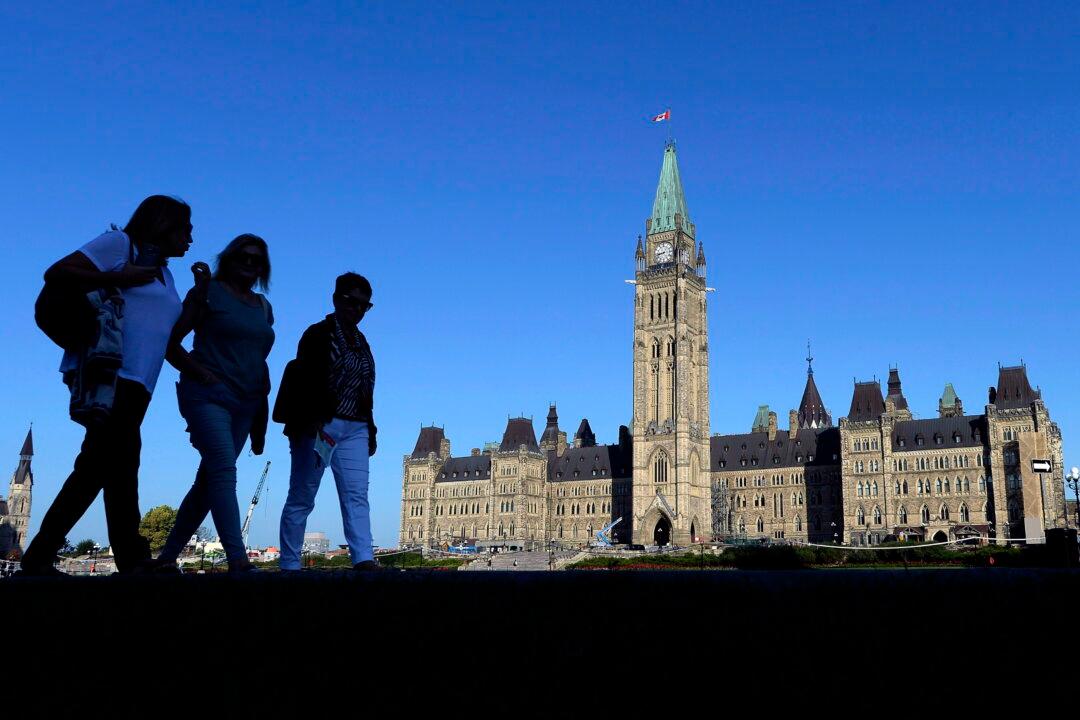Nearly half of Canadians are in favour of reducing government bureaucracy, a sentiment that coincides with a more than 40 percent rise in the federal workforce since 2015, a recent survey suggests.
Polling by Leger commissioned by the Canadian Taxpayers Federation (CTF) found a significant portion of respondents say they are concerned about the growing size of the federal bureaucracy. Forty-seven percent favour reducing the number of federal employees, 29 percent prefer maintaining the current number, seven percent want an increase, and 17 percent are unsure, according to the results.





